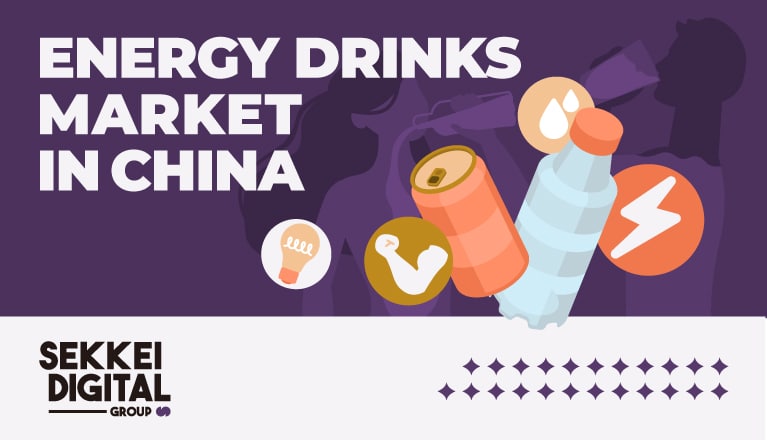Energy drinks have long been a staple in many supermarkets and convenience stores in China. With young Chinese consumers trying to maintain a healthy and active lifestyle, the demand for these products is at an all-time high.
In this post, we’ll share insights about the current state of the Chinese energy drink market and discuss the latest trends and digital marketing strategies you can leverage to dominate this competitive landscape.
How big is the Energy Drink Market in China?
While China is way behind the United States in terms of global revenue and retail sales, the country still has the second-largest energy drink market share in the world.
In 2024, the Chinese energy drink market reportedly garnered an At-Home revenue of approximately $9.3 billion. If this rapid growth continues, the segment has the potential to generate a sizable market size increase of around 7.97% by 2028.
Besides that, its average consumption rate also significantly increased. Experts predict the market share will reach an annual per capita volume of three liters in the next five years.
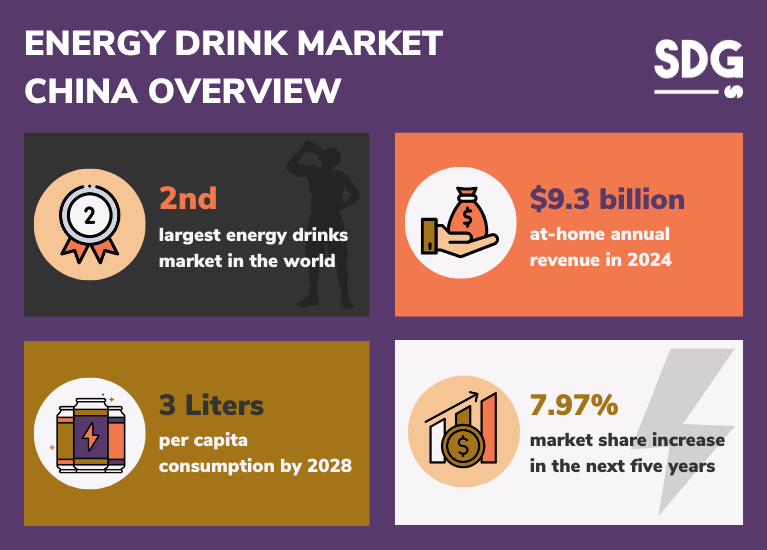
One of the key market indicators that this segment will continue growing is the strong presence of both local and imported energy drinks in the country. Right now, the market dynamics are very competitive, leading to the entry of new brands offering personalized products that will appeal better to Chinese consumers.
This intense competition has also led to a competitive pricing battle, with some of the market’s key players reportedly releasing affordable alternative beverages to expand their target customer demographics.
What brand of foreign energy drinks are already in China?
Foreign energy drink manufacturers are not uncommon in the Chinese market. In fact, several global brands are among the key players in this segment. If you look at local convenience stores, food service outlets, and supermarkets, you’ll likely encounter these products on their shelves.
● Red Bull (红牛)
This foreign brand has been in the Chinese energy drinks industry since the late 1990s. Beyond its global revenue, Red Bull managed to successfully establish itself in China, covering around 53% of the segment’s overall market share.
Its remarkable market growth mainly stems from its partnerships with Chinese companies. Through this wise business move, the globally renowned brand aligned its product lines and marketing strategies according to local tastes and ever-changing industry trends.
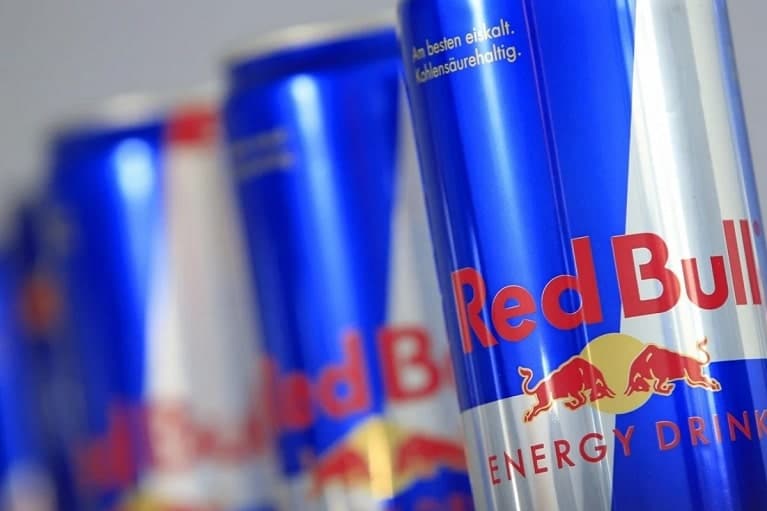
Source: SCMP
The company was also successful in terms of ingraining its products on sports-related events and local festivities. By localizing the brand based on the changing consumer needs and trends, their products eventually became a staple in the Chinese energy drinks market.
In addition to its solid visibility in grocery shops, convenience stores, and food service outlets, Red Bull diversified its local distribution channel by establishing a presence in China’s online market.
You can also find promotions about this energy drink brand on popular Chinese social media channels like WeChat and Weibo.
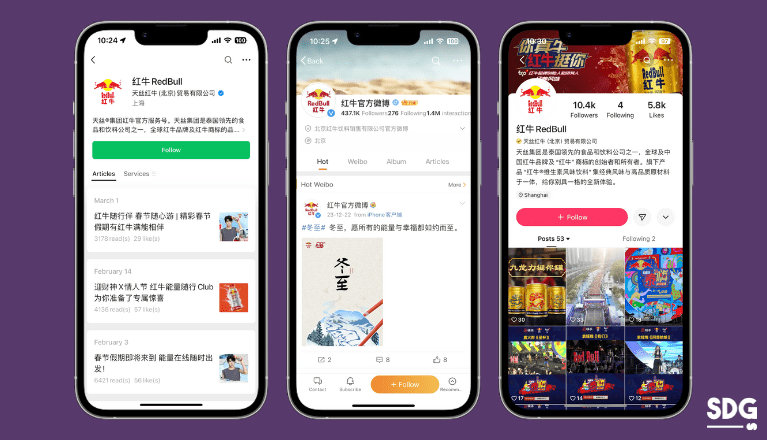
● Monster Beverage Corporation (魔爪)
Besides Red Bull, Monster Beverage Corporation is another brand gaining popularity in the China energy drink market. While not the leading product in the segment, the company generated a whopping sales of 42 billion yuan way back in 2019.
The brand initially experienced trouble entering the local market due to a trademark dispute with another Chinese company. However, once that was resolved, the global energy drink giant made strides in the industry.
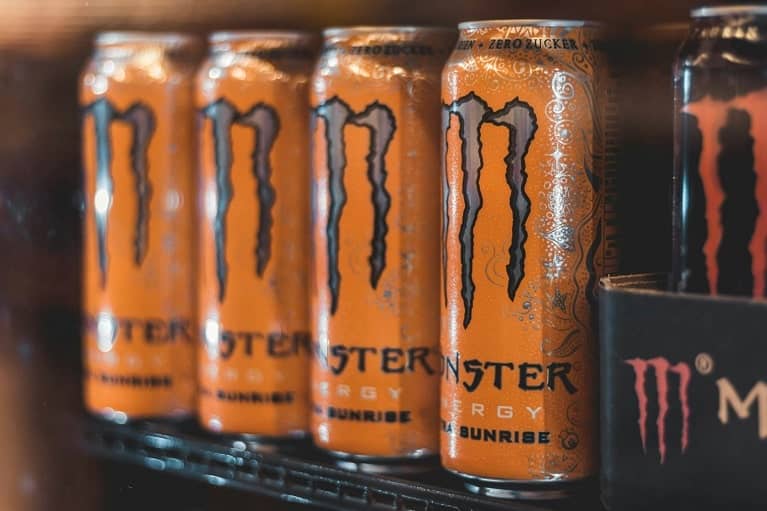
Photo by Christian Wiediger on Unsplash
Just last year, the Monster Beverage Corporation released its Predator product line in response to the market demand for “more affordable” beverages. As the brand continues to adhere to new industry trends, it’s clear that they’re in it for the long run.
Monster Energy Company also understood the importance of navigating China’s online market dynamics to boost its brand recognition. Because of this, it has quite an active social media presence in China.
5 Must-Try Strategies to Effectively Market Energy Drinks in China
1. Focus on Nano & Micro KOL Collaborations
Collaborations with KOLs have always been central to promoting F&B products in China. However, over the past few years, locals have shifted their trust in fellow consumers and industry experts with first-hand experience with the goods they intend to purchase.
Nano and micro KOLs and KOCs may have fewer followers, but their influence within their social circle cannot be overlooked. Through their creative video content, these influencers can sway the purchasing decisions of their peers.
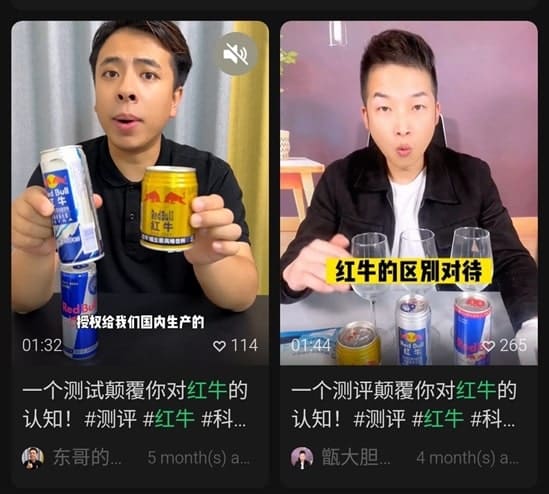
WeChat influencers post videos reviewing specific energy drink products
Locals view them as reliable sources of information. Their charm as regular consumers gives their content an authentic and raw impression. They are also more likely to post about their everyday life than sponsored promotions, so it’s only natural that regular users gravitate towards their opinions.
Canned and bottled energy drinks are essentially consumable products. By utilizing user-generated content from these influencers, your brand can gain credibility and potential sales in the long run.
Working with influencers within your brand’s industry will also give you valuable insights into the latest consumer trends and how your target audience views your offerings.
2. Leverage the Consumption Power of Blue Collar Workers
The Chinese energy drink market is among the few product categories that can expand beyond its intended target audience. Some may think these goods only attract gym-goers and fitness enthusiasts, but did you know it has gained positive traction among blue-collar workers in the past few years?
This demographic includes a wide range of occupations, like drivers, couriers, electricians, machine operators, and carpenters. They often face long hours and physically demanding tasks, making them the perfect consumer group for energy drinks.

Source: China Daily
In China, blue-collar workers account for over 400 million consumers. While the key players in the local energy drinks market scramble to appeal to the usual functional beverage enthusiasts, tapping into this target audience could open many sales opportunities for your brand.
Energy drinks can be positioned as essential tools for stamina, directly addressing the physical demands of their work. Your products should be reasonably priced and readily available where blue-collar workers frequent, like convenience stores, supermarkets, and e-commerce platforms.
3. Utilize Video Channels on Popular Social Media Platforms
Your social media presence is just as significant as the product’s visibility on online distribution channels. And with 97% of Chinese internet users watching online video content, chances are your target audience is already on these platforms.
- Bilibili
Bilibili has a dedicated and engaged community, particularly among younger audiences. For energy drink brands, it’s essential to create content that resonates with the interests of the platform’s very specific user base.
Most foreign brands on this platform would sponsor e-sports events or collaborate with popular content creators in the ACG niche. If you look at Eastroc Super Drink’s account on Bilibili, you’ll notice most of their content is event-related and not directly marketing their products.
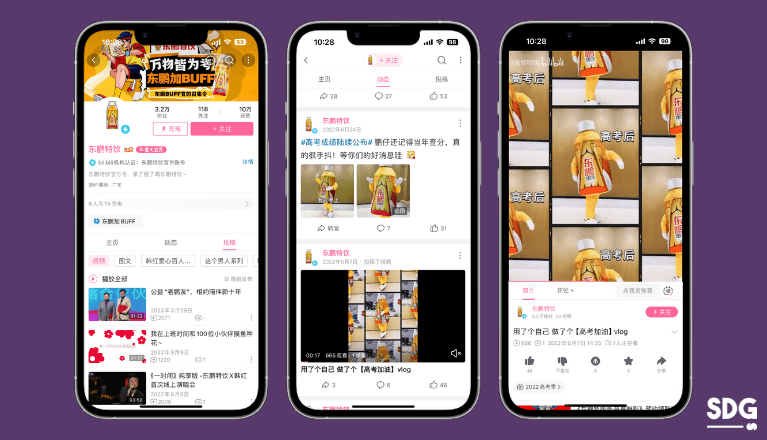
Official Bilibili Profile of Eastroc Super Drink (东鹏特饮)
- WeChat Channels
By utilizing WeChat Channels, brands can tap into the app’s massive user base of 1.427 billion. Marketers can share video content, ranging from promotional materials to educational videos about the benefits of their energy drinks.
When using this feature for your marketing strategies, you also have the option to host live-streaming sessions for direct consumer interaction. This form of content is prevalent among new and young Chinese audiences.

Lipovitan Energy Drink – Official WeChat Channel
- Douyin
Douyin is the Chinese version of TikTok, which means the platform’s format is the perfect place to create viral challenges, engage with industry trends, or even partner with influencers (KOLs) to spread the word about your energy drink.
Content that performs well on Douyin tends to be more educational than entertaining. It also has a full-scale online ecosystem beyond social media functions, so you can integrate some e-commerce features into any video content you release.
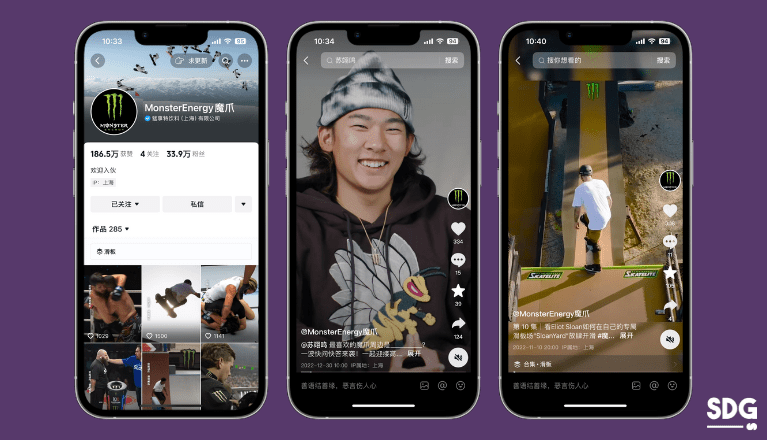
MonsterEnergy魔爪 Official Account on Douyin
- Kuaishou
Similar to Douyin, Kuaishou is another popular short video platform in China. It has quite a diverse audience reach, so you can consider this app if you want to appeal to users from lower-tier cities and rural areas within the Chinese energy drinks market.
The platform is also known for its strong community engagement and live-streaming capabilities, making it suitable for brands looking to build a genuine connection with their target consumer groups.

Red Bull Official Account on Kuaishou
4. Build a Solid Presence on China’s Cross-Border Online Marketplaces
Cross-border e-commerce channels are an essential part of China’s energy drinks market. These platforms are increasingly open to foreign brands, with up-to-date regulations to ensure high product quality and safety.
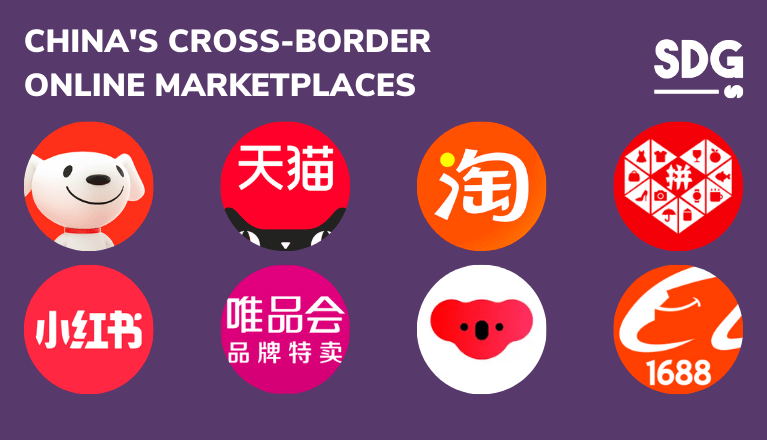
China’s most popular cross-border e-commerce platforms include Tmall Global, JD Worldwide, Kaola, Alibaba, VIP.com, RED (Xiaohongshu), and Pinduoduo. Selling through these online marketplaces can simplify the process of entering the Chinese market, as these platforms often handle many of the regulatory and logistical challenges for your brand.
5. Localize Your Branding and Product Offerings
If you look at the leading global brands in China’s energy drinks market, one thing they have in common is localized branding. This process goes beyond mere translation of names and marketing materials. Your brand and products must align with the cultural values, preferences, and lifestyles of Chinese consumers.
It could mean redesigning your product packaging to incorporate elements that appeal to Chinese aesthetics or cultural symbols that convey a connection to local audiences.
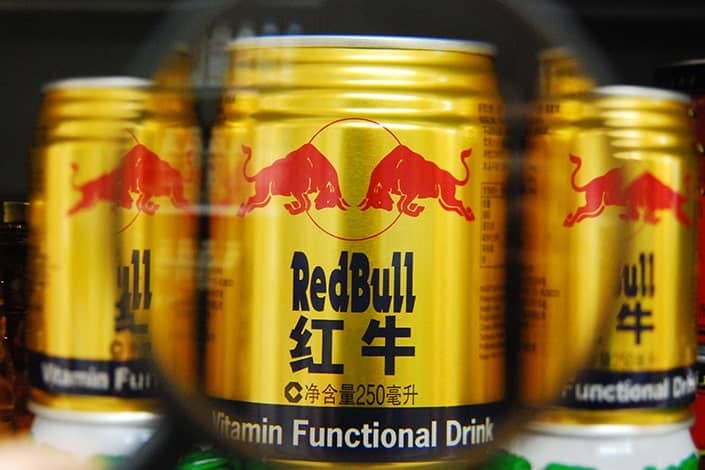
Image Source: Caixin Global
You can also communicate localization by introducing innovative flavors tailored to local tastes, such as traditional Chinese herbal ingredients known for their health benefits. Consumption patterns like these are often influenced by social identity and the desire to express one’s lifestyle.
For instance, associating the brand with attributes like endurance, adventure, and youthfulness can make it more appealing to consumers who identify with or aspire to acquire these qualities.
Regulatory Landscape For China Energy Drinks Market
China has specific rules for selling products from other countries online. These include what you can sell, how you label your products, and the paperwork you need. Your energy drinks need to meet Chinese standards.
Depending on your product’s specifications, you may be required to change the labels or ingredients list to fit what’s allowed in the country. Since energy drinks are closely related to health and wellness products, the registration process must include detailed documentation, including what’s in the product and where it’s from.
China also has positive lists that specify which goods can be sold through Cross-border E-commerce channels. These lists are important because they directly impact what products can enter the local market through this route.
Top Trends in China’s Energy Drinks Market
● The Popularity of Sugar-Free Energy Drink Categories
Nowadays, local consumer spending is showing a significant shift to energy drink brands offering low-calorie and sugar-free selections. China’s highly health-conscious, young population is seemingly more open to trying lesser-known functional beverages as long as they include natural ingredients.
In response, brands are innovating with new natural ingredients, sizes, and flavors to meet these changing preferences and stand out in the competitive energy drink market.
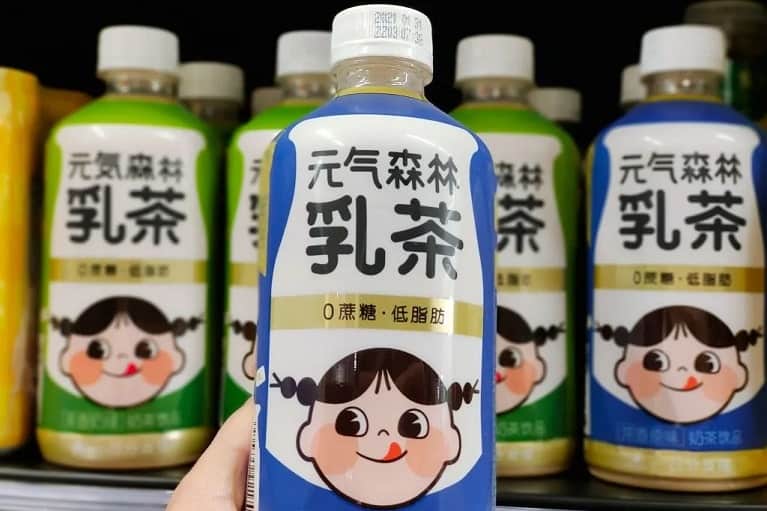
Genki Forest Sugar-Free Products (Source: Tech Crunch)
Genki Forest capitalized on this health and wellness trend, generating a market size of over $6 billion in five years. In 2020, the brand released a wide range of zero-sugar and low-fat selections, marking its start as one of the fastest-growing manufacturers in the Chinese energy drinks market to this day.
● Younger Generation and Gym-goers As Main Consumers
Young consumers and fitness enthusiasts are drawn to energy drinks as they seek to boost both their physical and mental performance.
With more people experiencing extended work schedules of over 40 hours per week and increased social activities, the demand for energy drinks has surged. This trend reflects a broader societal shift towards seeking quick and efficient ways to boost energy levels and maintain performance in various aspects of life.
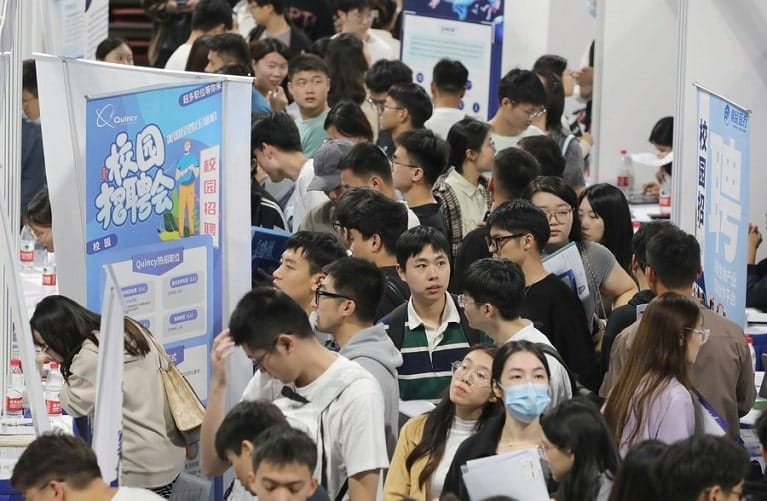
Young people attending a job fair at Shanghai University (Source: Xinhua)
● Reasons Why Chinese People Consume Energy Drinks
In China’s energy drinks market, the motivations behind consumption are quite diversified. According to a survey, the predominant reason is to relieve fatigue, with over half of the respondents (53.25%) identifying this as their primary motive.
It reflects the market’s understanding of the busy, often strenuous lifestyles led by many in China, especially in urban areas where work hours can be long and demanding.
Energy drinks are marketed and consumed as a quick fix to combat tiredness and improve concentration and productivity.
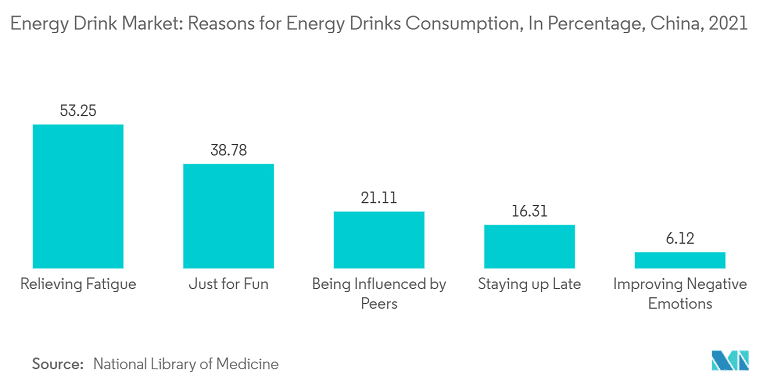
Source: Mordor Intelligence
Around 38.78% of consumers cite that they purchased energy drinks ‘just for fun’. This result suggests that these beverages have successfully penetrated the market not just as functional drinks but also as enjoyable ones.
The marketing strategies of these drinks, which often associate them with excitement and adventure, resonate with consumers who incorporate them into their social and recreational activities.
Quick Q&A
Are energy drinks popular in China?
Energy drinks have indeed become popular in China, particularly among younger demographics. Its market size has grown substantially from 9 billion yuan in 2011 to an estimated 48 billion yuan in 2021, showcasing the booming interest and consumption within the country.
What is the most popular energy drink in China?
Red Bull has the highest market share in China’s energy drink industry, covering 53% of the segment. Despite its foreign roots, the brand successfully positioned itself as a leading entity by localizing its product portfolio and engaging with domestic partnerships.
Ready To Dominate China’s Energy Drinks Market? Get In Touch With Us Today!
Marketing energy drinks in China presents unique challenges. From understanding local preferences to deciding on a distribution channel, it takes a deep understanding of the market to find the right formula for success.
At Sekkei Digital Group, we understand the trends inherent to the Chinese energy drinks market, including the changing consumer behaviors that shape it. With our extensive industry experience, our team offers you the avenue to unlock your brand’s potential and secure a formidable position as a leading entity in the industry.
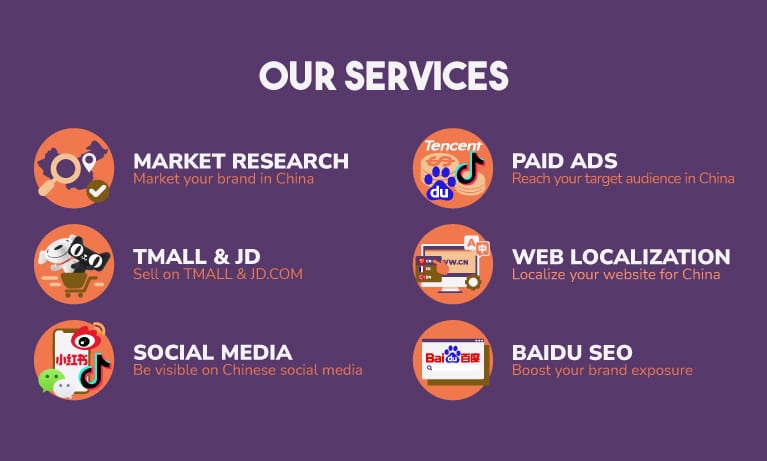
Whether it’s crafting a compelling social media strategy for your newly released energy drinks or harnessing the power campaigns to increase your brand recognition, we have the digital solutions you need. Contact us today, and let’s start working together!
References:
Energy & Sports Drinks – China
Energy Drinks Market in China: The beverage market’s fastest-growing segment
Market Trends of China Energy Drinks Industry

